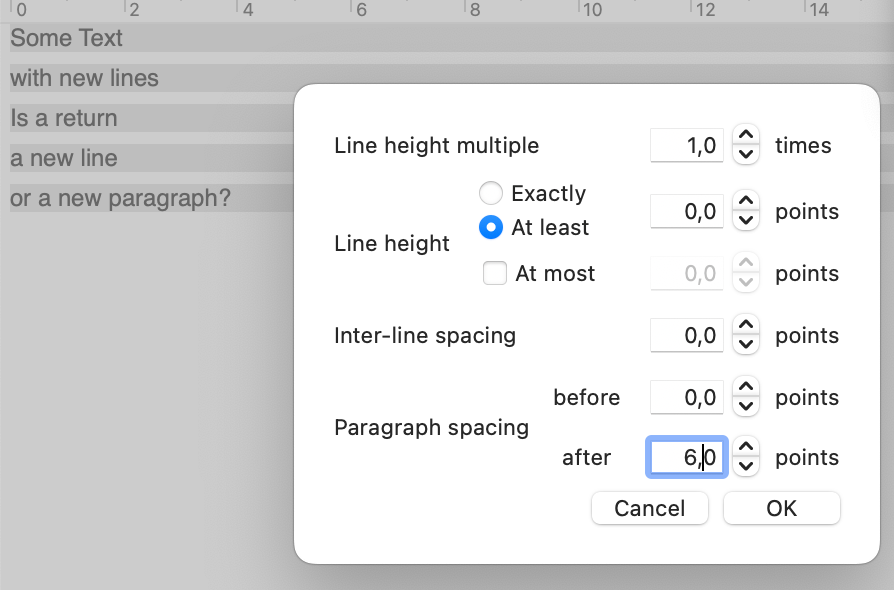Dear DrawBot users,
This forum is flooded with spam bots, I will close this but try to keep the content available.
We continue sharing and helping out drawBotters around in the DrawBot channel on the RoboFont discord, join here: https://discord.gg/fbRmAFyZar
Frederik

